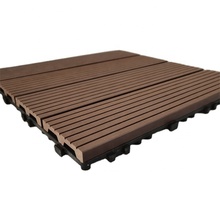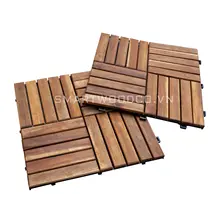Exploring Japanese Folding Doors
Japanese folding doors, a blend of traditional aesthetics and modern functionality, offer a unique solution for space-saving and interior design. These doors, known for their elegance and simplicity, have been adapted from the classic Japanese Shoji screens, traditionally made of rice paper framed in wood. Today, they serve not only as doors but also as room dividers, bringing a touch of Japanese culture to any space.
Varieties and Features
The market offers a diverse range of Japanese folding doors, including bifold shoji doors and shoji bifold closet doors. These variations cater to different preferences and space requirements, providing flexibility in design and installation. The shoji folding doors are particularly popular for their translucency, which allows light to pass through while offering privacy. The materials used range from authentic rice paper to durable modern substitutes that mimic its texture and translucency.
Design and Aesthetic Appeal
Shoji screen bifold doors are not just functional elements but also contribute significantly to the aesthetic appeal of a room. Their design, featuring clean lines and minimalistic patterns, can complement various interior themes from contemporary to traditional. The adaptability in design allows for shoji bifold doors to be customized with different patterns, colors, and materials to match the specific decor of a space.
Applications and Usability
The application of Japanese bifold closet doors extends beyond mere aesthetics. They are an excellent choice for creating flexible room layouts, especially in residential and commercial spaces where adaptability is key. These doors are ideal for separating living areas, creating a home office space, or as part of a wardrobe system. Their ease of use and the option for customization in size and design make them a versatile option for various architectural needs.
Installation and Maintenance
While the installation process for these doors may vary, the general ease of setting up a Japanese folding door system is a notable feature. Maintenance, too, is straightforward, often requiring just a simple wipe down with a soft cloth to keep the doors looking pristine. It is important to follow the manufacturer's guidelines to ensure the longevity of the doors, especially when dealing with authentic materials like rice paper.
Environmental Considerations
In an era where sustainability is paramount, Japanese folding doors offer an environmentally friendly option. Many of these doors are constructed using renewable materials and are designed to last, reducing the need for frequent replacements. The light-diffusing properties of shoji bifold doors can also contribute to energy savings by maximizing the use of natural light.












































 浙公网安备 33010002000092号
浙公网安备 33010002000092号 浙B2-20120091-4
浙B2-20120091-4